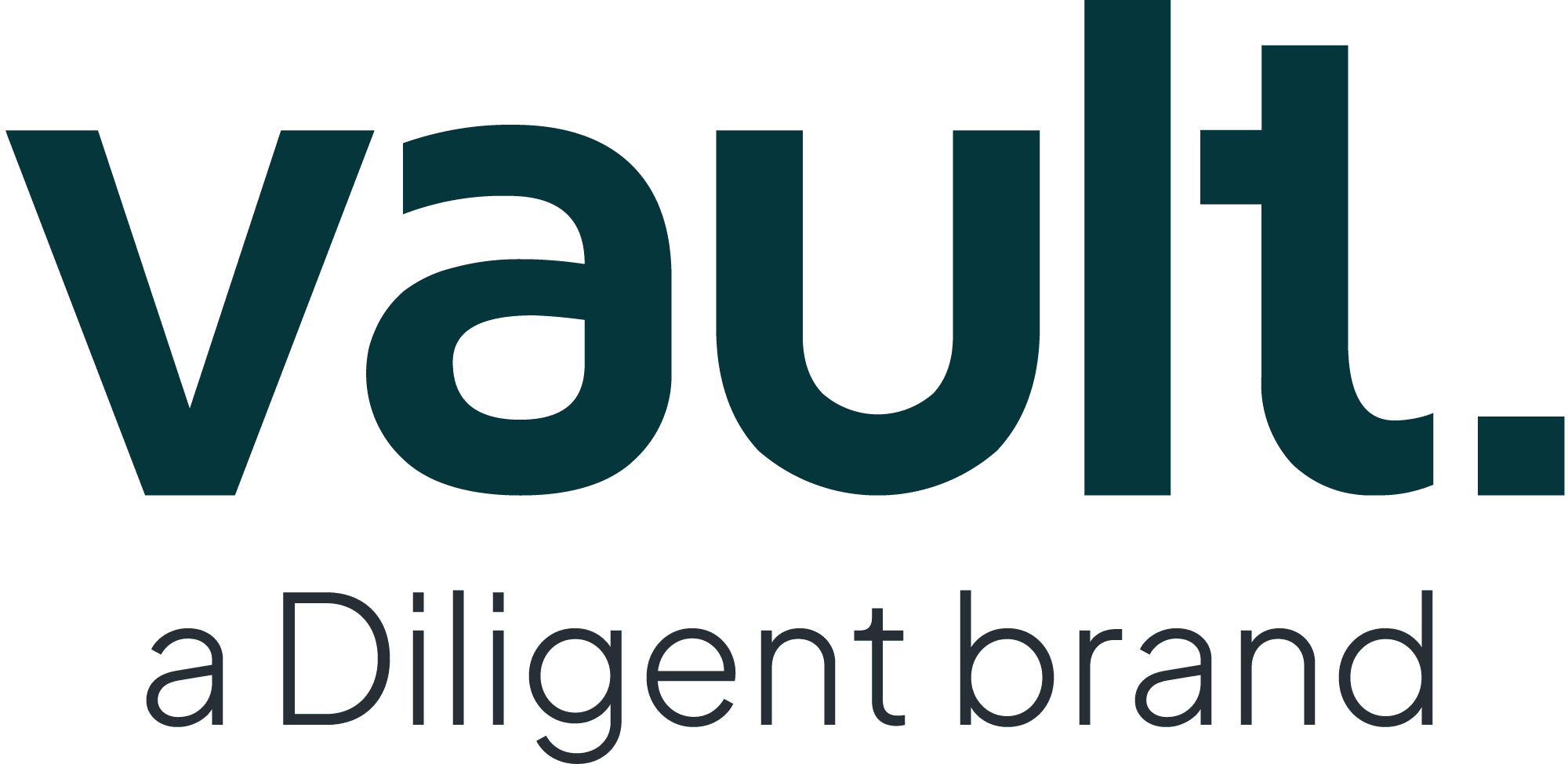
Workplace misconduct affects every level of an organization. For businesses that want to improve their bottom line and protect themselves from hefty financial costs and other major risks, putting the proper strategies in place to combat misconduct is of the utmost importance.
In this blog post, we take a look at some of the wider costs misconduct can inflict on an organization that lacks the proper processes and culture around misconduct reporting and handling.
People Leaving the Business
Misconduct and the lack or perceived lack of action following a report can lead to employees leaving a business and finding a role elsewhere. Some companies may not see this as a major issue, as they can just rehire. However, a study conducted by Glassdoor found that the average cost of hiring in the US was $4,000 and it took 24 days on average to fill an open position.
In our Trust Gap survey, we revealed that 45% of those who personally experienced or witnessed workplace misconduct ended up leaving their role. We also discovered that US office-based businesses spent approximately $20.2 billion on hiring costs over a 12-month period, highlighting how costly it can be to lose employees.
Workforce Productivity
Unchecked employee misconduct also impacts those who chose to remain with an organization, with 49% of those who personally experienced or witnessed workplace misconduct taking time away from work. The average number of sick days for employees who have personally experienced or witnessed workplace misconduct is 12 days in the UK and six days in the US, which equates to one sick day per office-based worker related to workplace misconduct.
And it’s not just the victims of misconduct who suffer. Increased workplace absence can often lead to a loss of employee morale and disruptions in productivity for both the victims of misconduct and their colleagues. Employees may experience increased stress and the potential for burnout as a result of increased workload, which greatly impacts their productivity and that of the wider business.
Legal Proceedings and Financial Settlements
Workers that experienced or witnessed workplace misconduct estimate that 22% of these instances resulted in legal proceedings and 24% in financial settlements. In 2020, workplace-related litigation reached a record high, with the top 10 cases totaling $1.58 billion, an 18 percent increase over 2019’s $1.34 billion.
In 2021, the Securities and Exchange Commission (SEC) received more than 12,000 whistleblower tips from individuals in 99 countries and paid out approximately $564 million to whistleblowers in the fiscal year. During the same period, the Department of Justice (DOJ) recovered over $1.6 billion from False Claims Act actions filed by whistleblowers.
Through litigation and settlement, many companies have been forced to not only completely revamp their policies, procedures, and oversight functions but also to change the composition of their Boards and leadership teams.
Reputational Damage
In the age of social media, it’s not hard for employees that have witnessed or experienced misconduct to share their experiences with the public and the media. One of the major fallouts of unchecked misconduct and these reports being made public is how significantly it can affect an organization’s brand and reputation.
Being seen as an employer that values its employees means it is easier to attract and recruit new talent and can make the organization more appealing to customers as well. Conversely, an organization with rampant misconduct issues will make headlines for the wrong reasons, leading to a change in the way the brand is perceived. Reputational damage can also be felt through share price drops, as many investors may choose to disassociate themselves from toxic organizations.
It’s clear that the consequences of employee misconduct are far-reaching. Any organization that wishes to maintain a strong brand reputation, reduce employee attrition rates, and be productive must act on misconduct reports and ensure that reporters feel safe, recognized, and rewarded for their efforts. By doing so, the organization can avoid the potentially devastating costs of failing its employees.
Discover more about the costs of misconduct and the importance of rebuilding trust with employees in our game-changing Trust gap survey.
***
Frequently Asked Questions
What are the costs of misconduct?
Misconduct and the lack or perceived lack of action following a report can lead to employees leaving a business and finding a role elsewhere. The number of sick days for employees who have personally experienced or witnessed workplace misconduct equates to one sick day per worker related to misconduct.
Can misconduct affect productivity?
Employees may experience increased stress and the potential for burnout as a result of witnessing or experiencing misconduct, which greatly impacts their productivity and that of the wider business.
Can misconduct affect a business’s reputation?
An employer that values its employees can attract and recruit new talent and can be more appealing to customers. Conversely, an organization with rampant misconduct issues will make headlines and experience reputational damage.
How can businesses avoid reputational damage?
Any organization that wishes to maintain a strong brand reputation, reduce employee attrition rates, and be productive must act on misconduct reports and ensure that reporters feel safe, recognized, and rewarded for their efforts. By doing so, the organization can avoid the potentially devastating costs of failing its employees.






